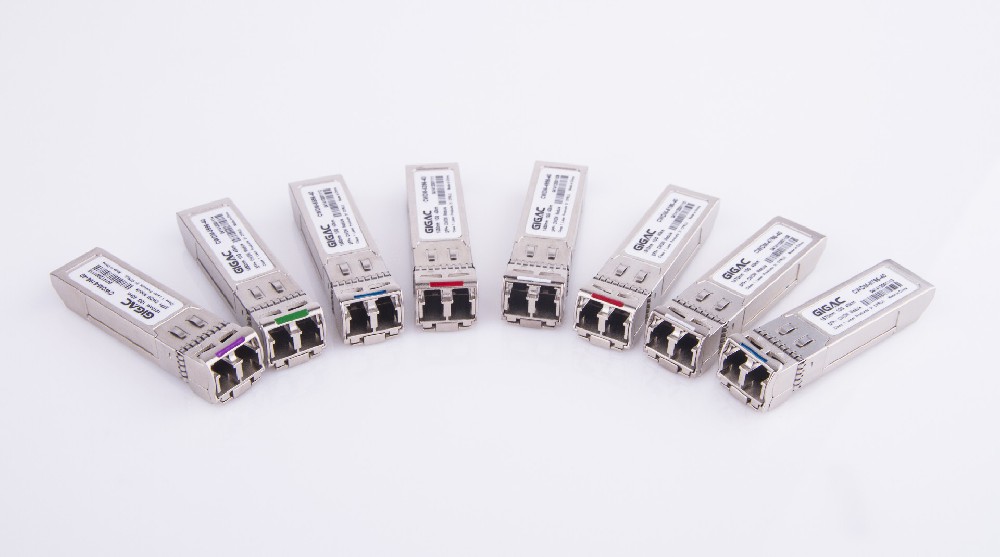In the realm of optical communications, dual-core optical modules have emerged as a pivotal technology, offering enhanced data transmission capabilities. However, the pairing of these modules often poses a challenge due to their intricate design and the need for precise alignment. This article delves into the solutions that address the pairing problems associated with dual-core optical modules.
Firstly, it is essential to understand the fundamentals of dual-core optical modules. These modules, as the name suggests, consist of two cores that are responsible for transmitting and receiving optical signals. The pairing process involves aligning these cores precisely to ensure optimal signal transmission. Any misalignment can lead to signal degradation or complete loss of transmission, highlighting the critical nature of this task.
One common solution to the pairing problem is the use of precision alignment tools. These tools leverage advanced technologies, such as machine vision and micro-positioning systems, to achieve precise alignment of the cores. By automating the alignment process, these tools not only improve accuracy but also reduce the time and effort required for manual alignment.
Another solution lies in the design of the dual-core optical modules themselves. Manufacturers are increasingly adopting designs that facilitate easier and more accurate pairing. This includes the use of standardized interfaces, improved mechanical tolerances, and integrated alignment features that simplify the pairing process.
In addition to these hardware-based solutions, software-based approaches also play a crucial role. Advanced algorithms can analyze signal quality in real-time and provide feedback on the alignment status. This allows for quick identification and correction of any misalignment issues, further enhancing the pairing process.
Moreover, proper training and expertise are paramount in addressing the pairing challenges of dual-core optical modules. Technical personnel should be well-versed in the intricacies of these modules and have a thorough understanding of the alignment process. Regular training sessions and hands-on experience can significantly improve the pairing efficiency and reduce the likelihood of errors.
In conclusion, the pairing of dual-core optical modules, while challenging, can be effectively addressed through a combination of precision alignment tools, improved module designs, software-based analysis, and proper training. By leveraging these solutions, optical communication systems can achieve optimal performance and reliability, paving the way for future advancements in this rapidly evolving field.



